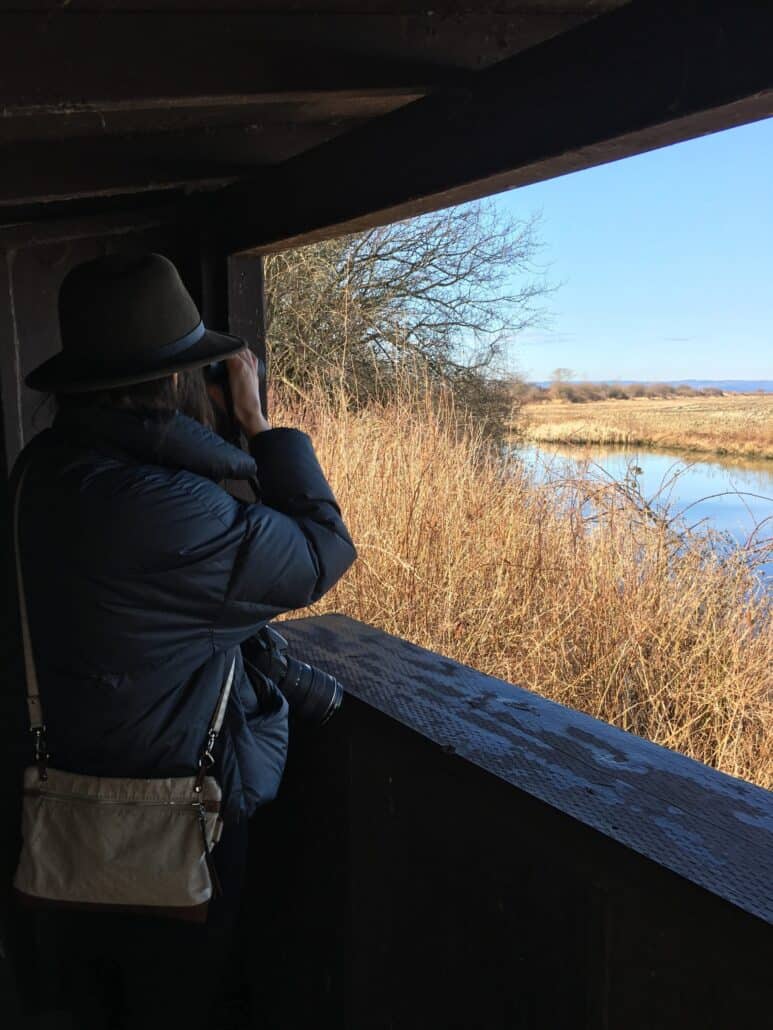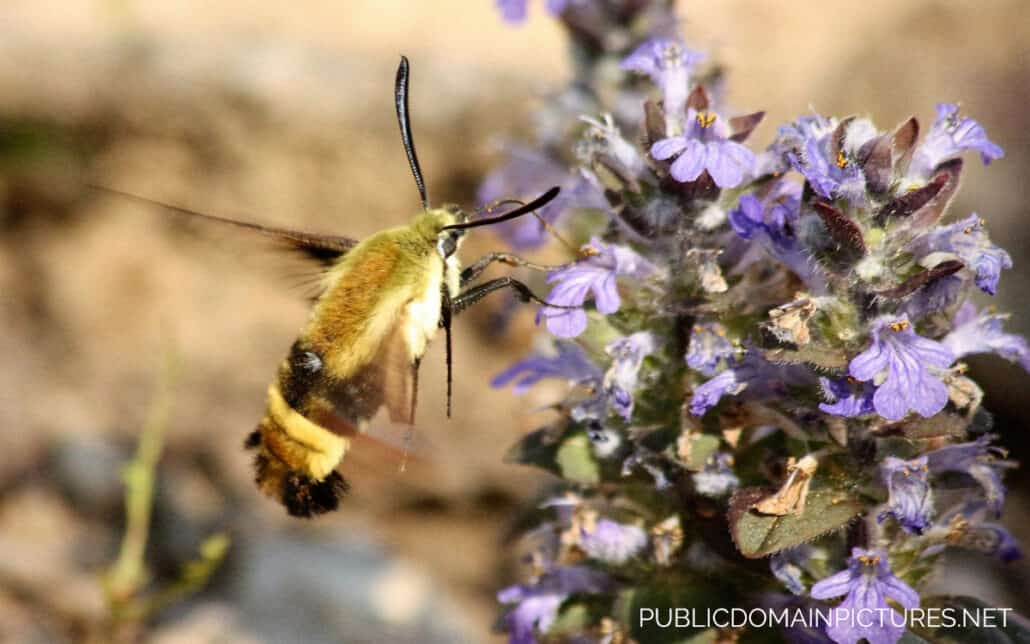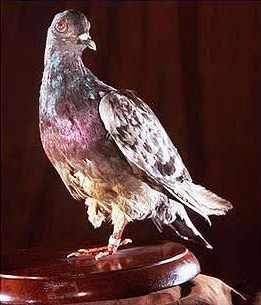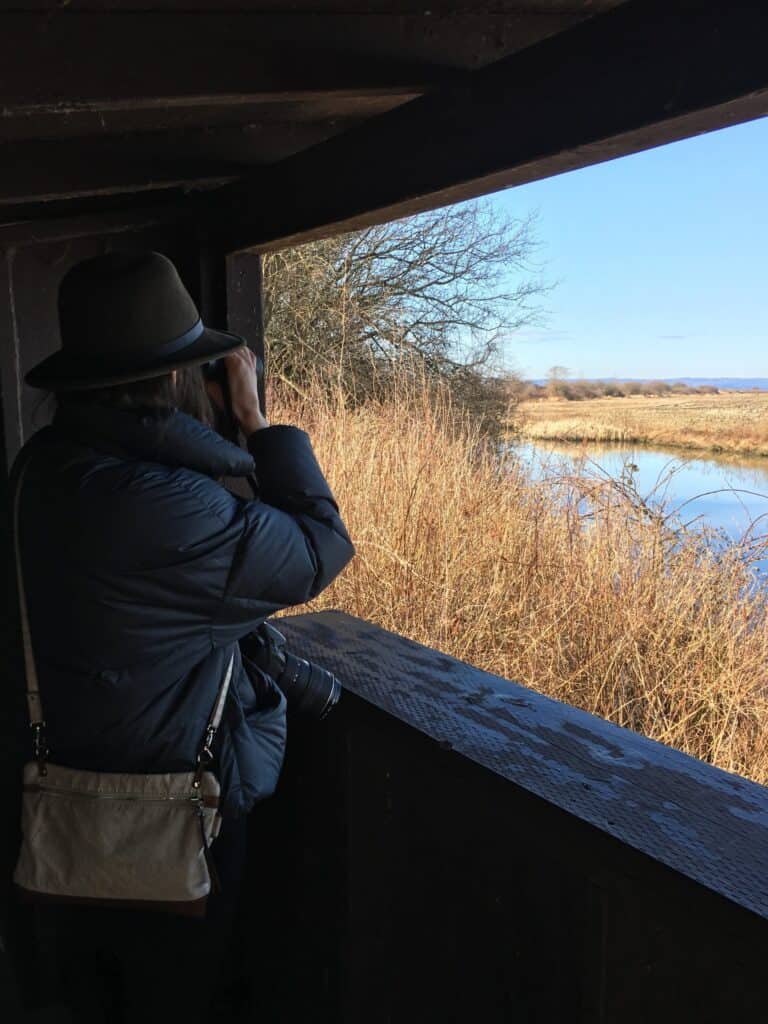
It’s been a looooong winter, and one of many changes. Not just for me, but the world at large.
I moved house and city, and the coronavirus hit. The “Brooding birder” title of this post is a bit of a pun, the “brooding” for emerging from winter, but also describing how bummed out we are from this awful world situation of uncertainty. But in spite of the brooding—and in many places enforced shelter-in-place orders—I want to encourage emerging however you can.
What follows is a quick summary of the changes this winter brought my way, and what I’m trying to do as a result of where I’ve landed. I hope some of the narrative and ideas will give you hope and encouragement for your life right now, and whatever future you can imagine for your experience of nature and your community of nature lovers.
My ideas are a direct result of what’s happening in my own life, so here’s a quick summary of the last two months for some context:
My little family left Seattle and moved 60 miles north to the Skagit Valley. Moving to this verdant region of epic river delta is not exactly a culture shock—I’ve grown up coming here to bird and love on the big sky and biting wind as we counted snow geese and then ended our birding days with pastries at the Bread Farm in Bow Edison. I courted my English husband in this tradition of driving and eating, and it worked. He fell so hard for the Skagit that he relocated our family business here over a year ago—before any promise of a household move—and commuted up here for the duration. And this February our household followed.
A river delta is a seductive landscape. Where else can you see for miles, an expanse of wetland or fields with mountains in the distance (that river has to come from somewhere), with the terminus of ocean or lake as the catalyst. Compelling landscape features like dikes, tree island wind breaks, meandering channels, single car bridges (or ferries!), fisherman’s huts, hunter’s blinds, eel nets (when in Italy!), and those farmhouses. Anyone reading this stop right here and admit you haven’t thought of ditching it all and living in one of those beacons of self sustainable, rural living, no matter where in the world you are (stone farm house in Italy’s Po river delta or gingerbread Victorian in the Skagit of Washington state)?
And everywhere you look, birds.
The Skagit is famous for its winter birds, the migrants from the Arctic that come and forage the vacant fields. Everywhere you look are the snow geese and swans coating the fields like snow, a welcome sign of abundance and success in an otherwise dismal news cycle about birding biodiversity. Birders and their lenses and Subaru blinds, pulled off to the side of the country road, are as normal as a cow grazing in this area between November and March.
Winter 2020 was a bit different, however.
The coronavirus came late to the birding season in the Skagit, when it hit Washington State at the end of February 2020. Snow geese and swans still lingered but most were now heading north. Birding tourism had peaked by the time things started to lock down.
Early March is when Washington state agitated for schools closing, businesses to work from home, and the health care sector to begin preparation for a surge in positive COVID-19 patient numbers. Birding is already a pastime of elective solitude or group effort, so the few late season birders were still at it as I drove my local roads. Most of them were single birders, already heeding the social distancing.
So here I am, brand-new to the neighborhood, in the thick of birding paradise with a state order to shelter in place and not socialize. Not the time for the ladies tailgate of previous years; no, now is the time to figure out other tactics. And that is just the IRL birding piece. What about the birding world at large?
I may be lonely for birding companionship, but internationally, my friends in the birding scene are suffering financially, academically, creatively, emotionally. We birders gotta take care of each other.
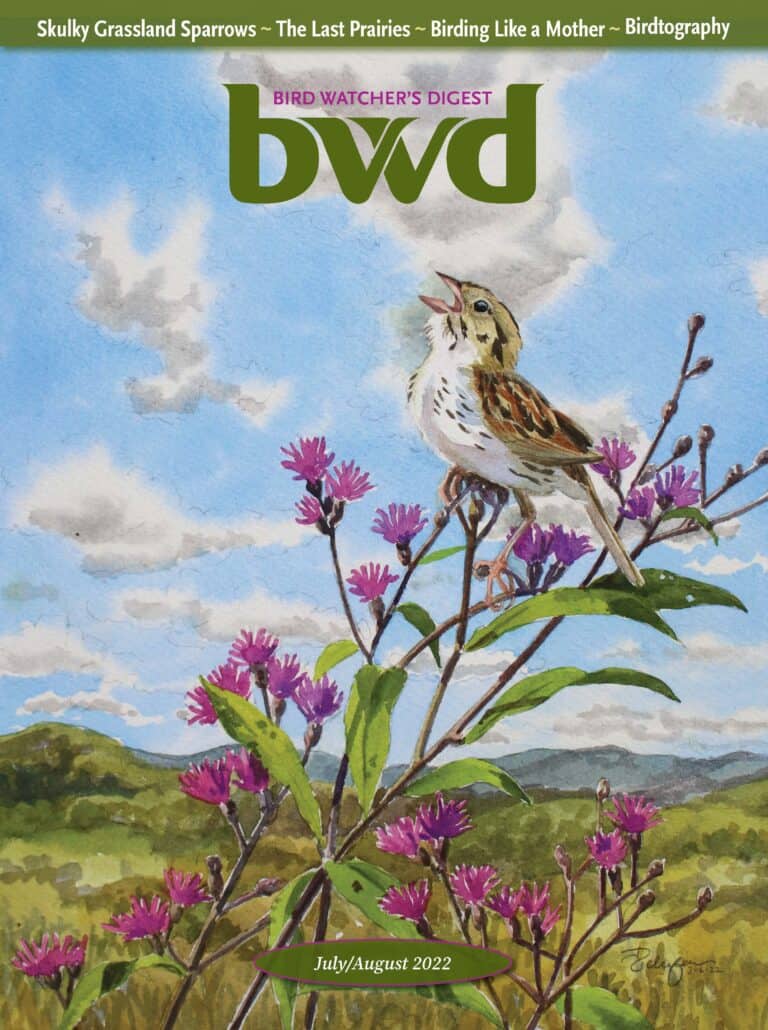
Looking to Subscribe?
Get 6 print issues of the magazine delivered to your door & free digital access
One Year Print Subscription: $26
(to US or Canada, includes digital access)
One Year Digital-only Subscription: $15
Which brings me to the first of my five suggestions for what a brooding birder must do in these times to emerge optimistically into spring, in particular, this spring of 2020.
1. Reach out to other birders, whether by phone, social media or traditional mail. One suggestion is writing a letter to an admired birding person in your life. I remember the days of pen pals, putting pen to paper. It’s OK if you reach out by email, too, as email can be as meaningful as letter writing. Reach out to someone who has influenced your interest in looking and listening to your surroundings, with birds as the gateway.
The birding community is how we all began this pastime. Someone influenced you, and it was a person, even though this mania is for birds.
2. Support your sister and brother birding orgs/scientists/artists/eco-tour professionals/writers/advocates/etc. with a word of support, if not outright monetary support.
I know this time is one of economic uncertainty, but for anyone who is not experiencing financial challenges, now is the time to support nonprofits and individuals working in bird conservation or complementary areas such as economic growth in bird-sensitive habitat. Two organizations I recommend that support local community-driven conservation in birding hot spots are Women for Conservation, in Colombia, and Alliance for Tompotika Conservation, in Indonesia. I support both organizations personally and recognize the work they do supporting communities on the ground, with community and biodiversity sustainability at the core of the mission.
Bird conservation won’t work without local buy-in, period.
3. Bird where you are, and document it. Backyard birding, urban birding, eBird the shit outta that experience. EBird is a worldwide data collection site for reporting birds seen by community scientists—that’s you.
You can bird from your apartment, your backyard, your nearby open space. You can bird while you work out, do yardwork, heck, anytime you are in sitio, there are birds to be seen or heard.
This year I’m doing my annual Birdathon for Seattle Audubon right where I live. From my window we can see the salt waters of the greater Puget Sound, so potential for a righteous list are possible. We’ve already seen trumpeter swans, common mergansers, bald eagles, ravens, and even harbor porpoise and gray whales! I’m excited for what I will see in a single day of dedicated species count for spring, and you might try it to (or support me in my fundraising when I hit the ground).
4. Read birding publications. Pleeeeeeeze support birding media—that is how we all survive as birders, as advocates, and as a greater community of people who care about the future of biodiversity. Join the American Birding Association or American Bird Conservancy or your local Audubon Chapter to get their news updates.
Or subscribe to a magazine like BWD or Cornell University’s Living Bird to get news and essays targeting your particular interest for birding, whether it’s backyard birding or of-the-moment conservation news.
5. Keep reading my blog for content that will enrich and lighten up your birding life, stuff that will energize bird-curious/beginhttp://www.bryonyangell.com/ner/seasoned birders alike, engage your love for birding with all of your senses (and sensibilities), your love for the sorority of birding, and ideas for ways to live bird-positive even when you aren’t birding, heck, even tips for the fashion-conscious birder on what to wear in the field. I promise inspiring content of the lifestyle and “you can do it” kind, meaningful to anyone with a pulse and a response to bird song. Isn’t that what spring brings?
Bryony is a freelance writer with a specific focus on birding culture and women in the world birding scene, with clips in regional and national publications. She writes at bryonyangell.com about the pastime of birding from the perspective of a girl birder.

